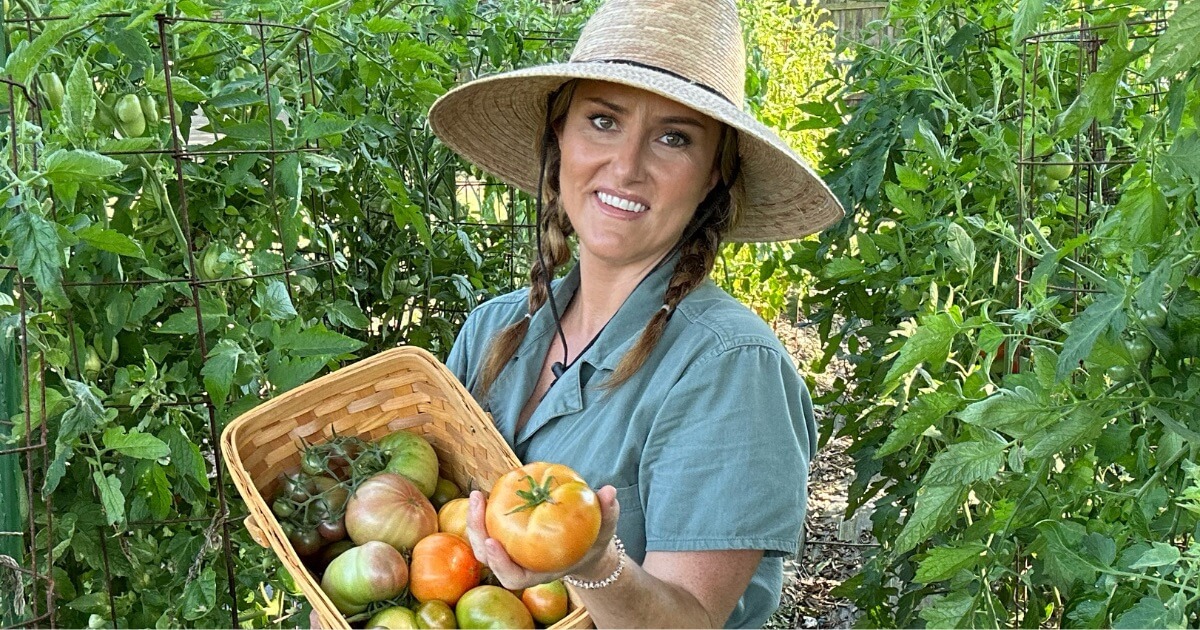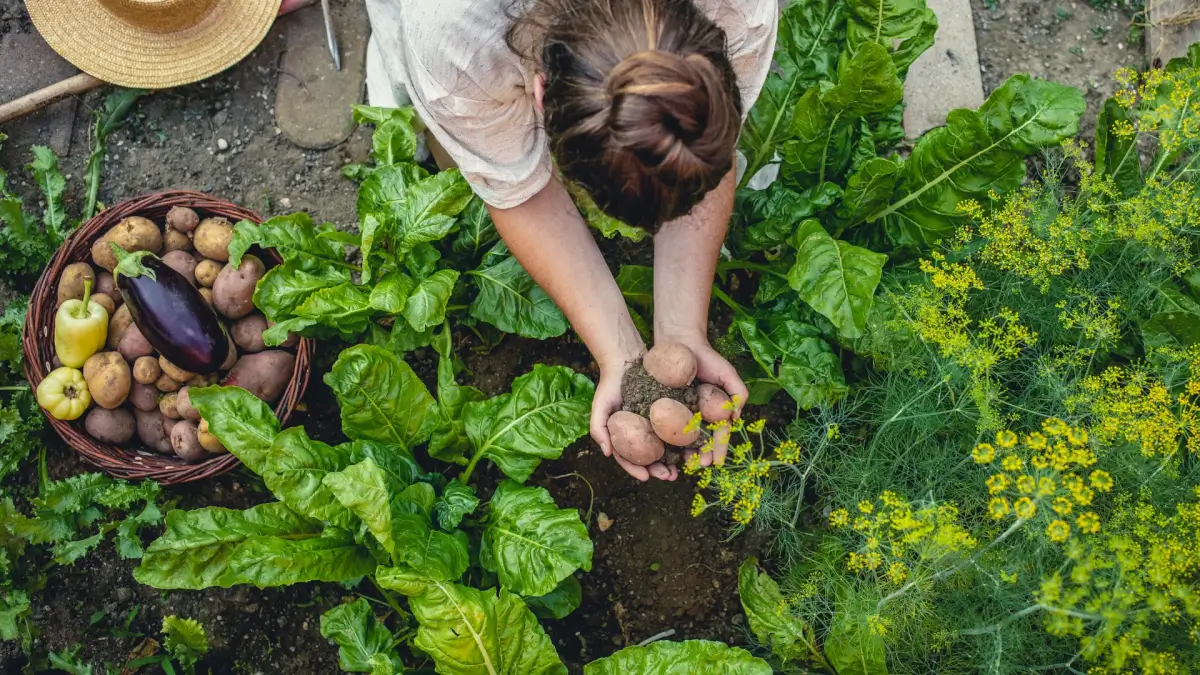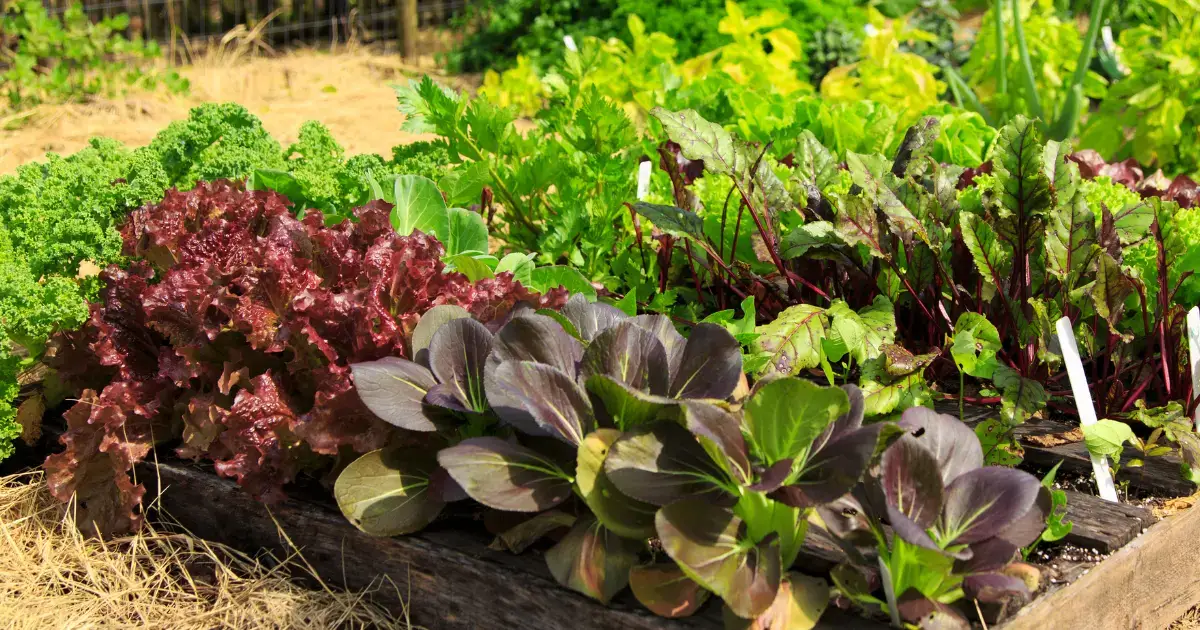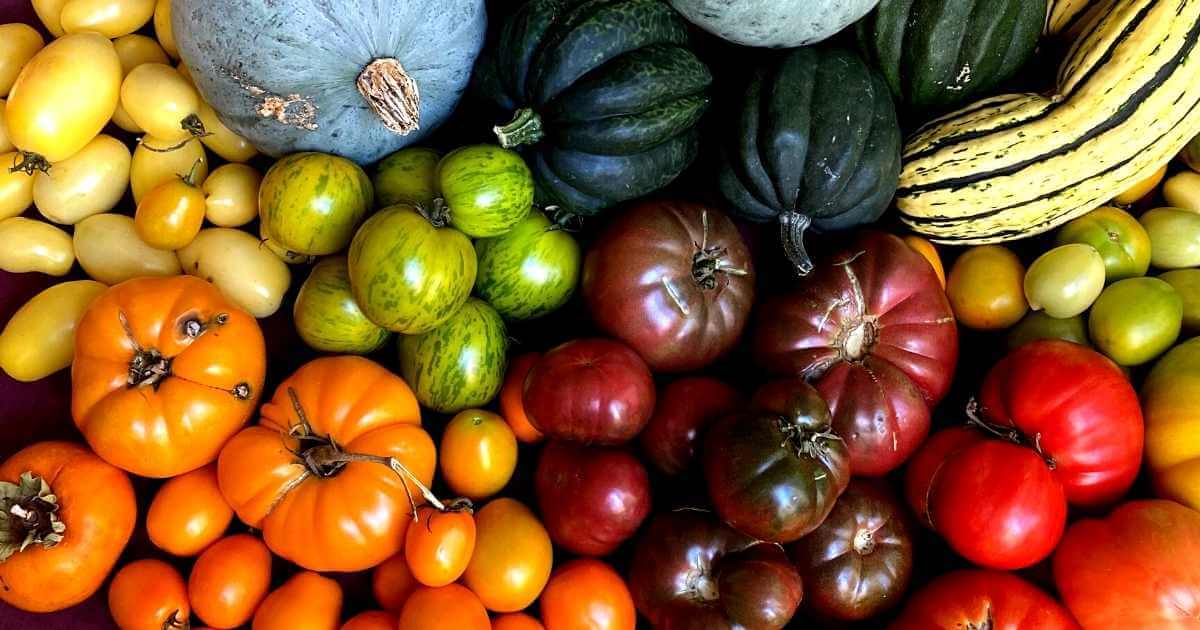
2020. Whoa. A year that will no doubt be remembered for decades – if not centuries – to come. I’ll be honest. This year really tested me. There were more than a few occasions when I thought I couldn’t possibly take any more. On the flip side, 2020 marked one of the best gardening years of my entire life.
From a growing area of less than 500 square feet, I harvested more than 300 pounds of food. This amount far surpassed what I could consume myself, so I was able to give much of it away to food pantries, neighbors, and friends.
Here are some keys to my success this year and my favorite varieties of the year.
The Keys To My 2020 Gardening Productivity
- Gardening like a farmer.
The biggest reason that I grow so much food is because I garden like a farmer. I wrote an entire post about how to garden like a farmer and why it’s a game-changer, but the farming technique that makes the biggest difference for me is growing more of less.
Instead of growing a little bit of everything, I double-down on plants that deliver the most impact for me in the kitchen, and I then plant high quantities and multiple varieties of each. For example, this fall I planted 3 different varieties of cauliflower for a total of 30 plants. (Mind you, I am feeding one person.) What I don’t eat or freeze, I donate.
By growing multiple varieties at once, I compound the process of learning and improving. If I plant just one variety, I have nothing to compare its performance to. I could try a different variety the following year, but then I’m forced to make comparisons with a distant memory. And furthermore, I can’t act on any learnings until the THIRD year of growing. - Consistent fertilization.
It’s easy to get hung up on what kind offertilizer to use for your garden. In fact, that’s one of the questions I get asked most frequently. But a secret to gardening success isn’t the kind offertilizer you are using, it’s how often you are actually using it.
Yes, I am a bigfan of fertilizer calls for 1 cup monthly, then I’ll apply 1/4 cup every Saturday. - Taking advantage of multiple growing seasons.
I know it doesn’t feel very lucky to live in North Texas when it’s 110 degrees outside, but we ARE lucky to live in an area that has multiple growing seasons. The key to maximizing production in North Texas is to take advantage of each season by planting at the correct times.
I had multiple crop waves this year by planting for three distinct harvest periods: spring, summer, and fall. MOST IMPORTANT: Once a crop delivered the bulk of its production, I pulled it out. I never tried to nurse spring plants through the summer.
Season 1 (Winter through June): Garlic, Onions, Spring Tomatoes
Season 2 (May through August): Peppers, Okra
Season 3 (July through Winter): Fall Tomatoes, Cauliflower, Winter Squash, Cucumbers, Beets - A killer indoor seed-starting routine.
In order to take advantage of all three growing seasons, I was constantly starting new seeds. As soon as one crop was out of the door, the next season’s crop was started.
I started spring crops in my garage in January, summer crops in March, and in May I started fall crops in my guest room closet. You can read more about my essential indoor seed starting tools here. And watch my process step-by-step in this IGTV video series. - Selecting great varieties from reputable companies…
Above all, I attribute this year’s success to the great varieties from my favorite seed companies.
Here’s a run-down of the best of the best:
My Favorite Plant Varieties of 2020
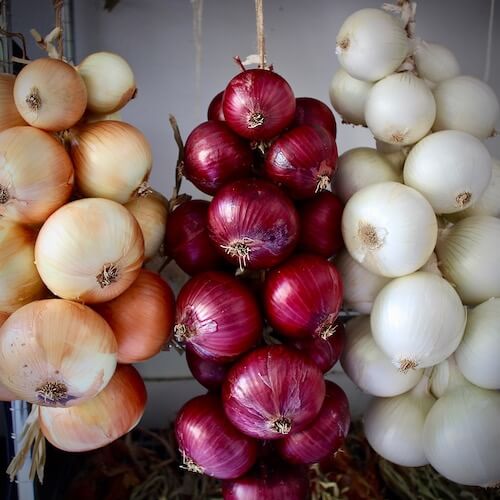 | Onion: ‘Red Candy Apple’ (red), ‘Candy’ (yellow), ‘Superstar’ (white) Source: Dixondale Farms I couldn’t pick just one! Every single intermediate-day onion variety that I purchased from Texas-based Dixondale Farms was a knock-out this year. Huge bulbs, no disease, and great flavor. Plants were transplanted in January and harvested at end of May. For more information about growing onions in North Texas, go here. |
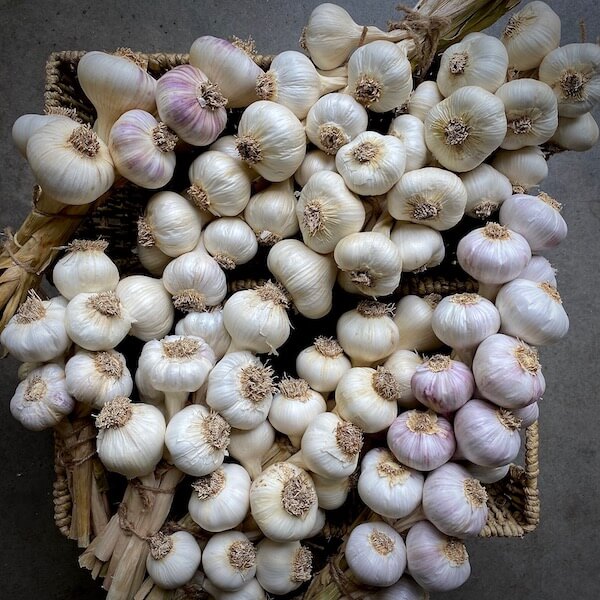 | Garlic: ‘Music’ (Porcelain), ‘Lotus’ (Turban), ‘Russian Red’ (Marbled Stripe) Source: Filaree Garlic Farm I grew 8 different varieties of garlic this year. These three combined the best of flavor, size, and storage life. |
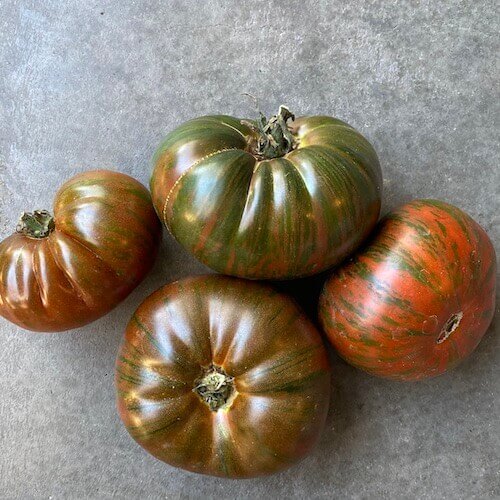 Chocolate Stripes 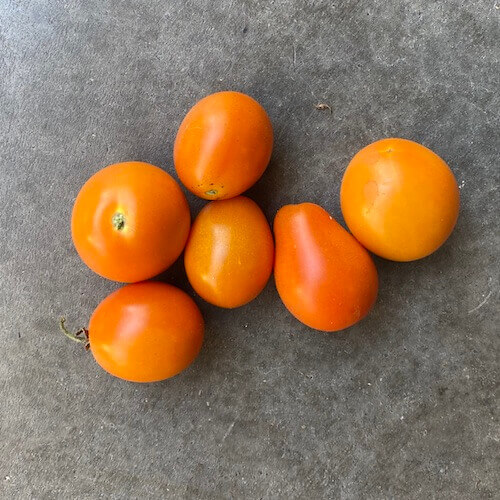 Jaffa Tomato | Tomato: ‘Chocolate Stripes’ (spring), ‘Jaffa’ (fall) Source: Tomatofest When you grow 24 varieties of tomatoes, it’s pretty hard to pick just one! You can read more about the varieties that won our 2020 Dallas Tomato Trials here, but if I am forced to pick just one tomato for spring and fall that gave me the most delight it would be Chocolate Stripes for spring, and Jaffa for fall. Interestingly, Jaffa was grown by mistake. Somehow a Jaffa seed found its way into a packet of Jaune Flamme. A fortunate mistake indeed because it boasts wonderful flavor and is highly productive. |
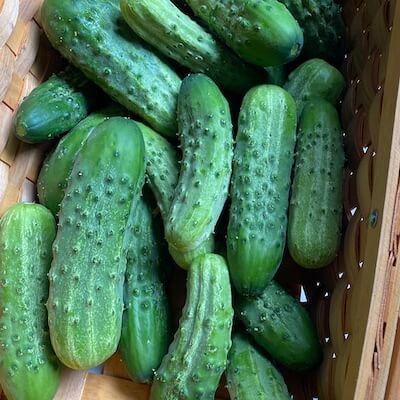 | Cucumber: ‘Homemade Pickles’ Source: Botanical Interests Just four of these plants produced enough cucumbers to fill up half of my refrigerator with pickles! I’ve never seen a plant so productive. It was planted in the same bed with winter squash. The squash was besieged by cucumber beetles, and ironically, these cucumbers weren’t affected at all. |
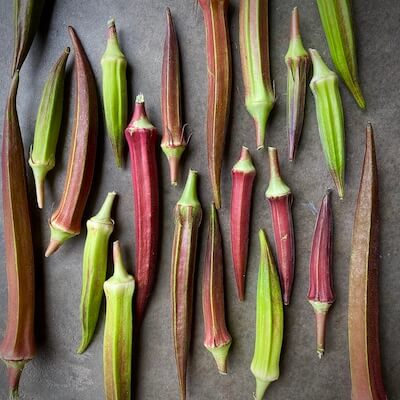 | Okra: ‘Red Burgundy’ Source: Botanical Interests Nearly everyone in my community garden grows okra, but this was by far the earliest and most productive plant in the garden. Beautiful red coloring and excellent flavor. Four plants will keep a family fed all summer. |
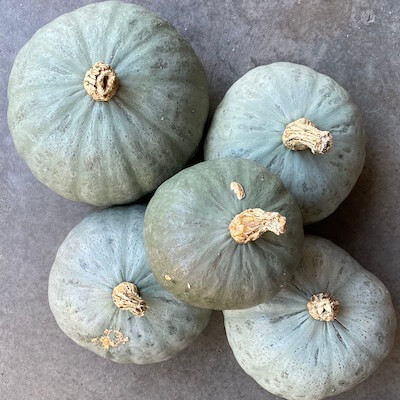 | Winter Squash: Kabocha ‘Winter Sweet’ Source: Johnny’s Seeds This year I tested four different kinds of winter squash: Blue Hubbard, Acorn, Delicata, and Kabocha ‘Winter Sweet’. ‘Winter Sweet’ outperformed all the others, and has beautiful coloring. It is also a very long-storing variety, good for 5-6 months after harvest. |
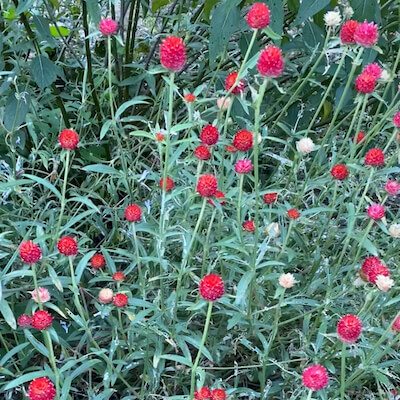 | Cut flower: Gomphrena ‘Strawberry Fields’ Source: Baker Creek Seeds Gomphrena (also known as Globe Amaranth) is an annual that is slowly becoming a North Texas cutting garden favorite thanks to recent innovations in breeding. Incredibly heat and drought tolerant, gomphrena blooms from spring through frost with very little care. ‘Strawberry Fields’ is an intense, bright red, and makes a wonderful dried flower. |
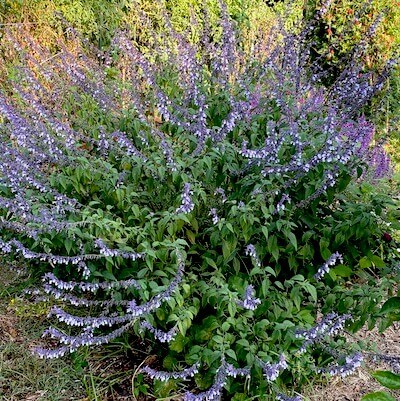 | Perennial: Salvia ‘Phyllis Fancy’ Fellow Dallas County Master Gardener Roseanne Ferguson is the lead volunteer at Texas Discovery Gardens and responsible for plant propagation there. I received a cutting of this salvia from her, but at the time the variety was unknown. Thanks to an eagle-eyed Instagram follower in Australia, I’m now certain that this salvis is ‘Phyllis Fancy’. According to Web lore, this plant was discovered at the University of California Santa Cruz Arboretum and named for Phyllis Norris, a longtime volunteer in the garden and is that to be a hybrid between Salvia leucantha and Salvia chiapensis. In just one season, my plant grew to over 4 feet wide and 5 feet tall. And even more pleasing that its beauty is the fact that it is a major attractor of hummingbirds, butterflies, and bees! |
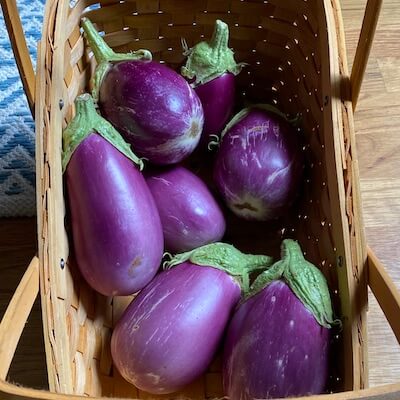 | Eggplant: ‘Rosita’ Confession: I did not grow this plant. My father did. In fact, my father joined our community garden this year and promptly showed me up by growing the biggest tomato, eggplant, okra, and pepper plants that any of us have ever seen. ‘Rosita’ eggplant grew to be about 7 feet tall and produced consistently from spring through frost, producing enough eggplant to feed two households. |
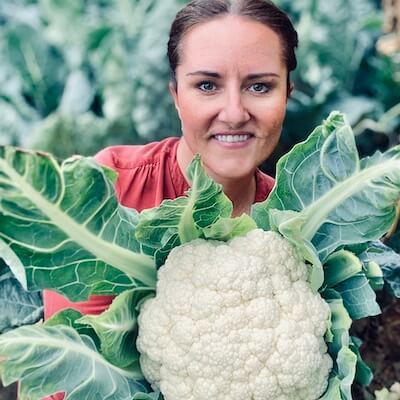 ‘Snow Crown’ 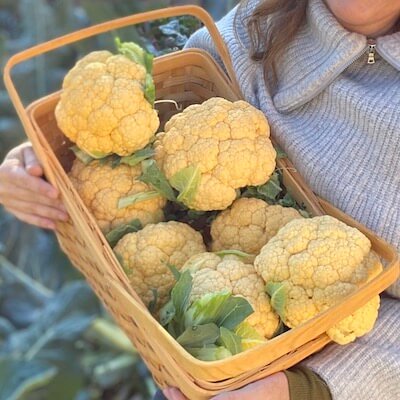 ‘Flame Star’ cauliflower | Cauliflower: ‘Snow Crown’ and ‘Flame Star’ Source: Johnny’s Seeds ‘Snow Crown’ blew me away with how early it produced and how big the heads grew. I included ‘Flame Star’ (yellow/pale orange) because it’s nice to grow these together. Once ‘Snow Crown’ has stopped producing ‘Flame Star’ starts to form heads, giving you an extended harvest from October through December. ‘Flame Star’ performed just as well as ‘Snow Crown’, but was just later form heads. (For maximum head size, give cauliflower LOTS of room at least 24″ between plants.) |
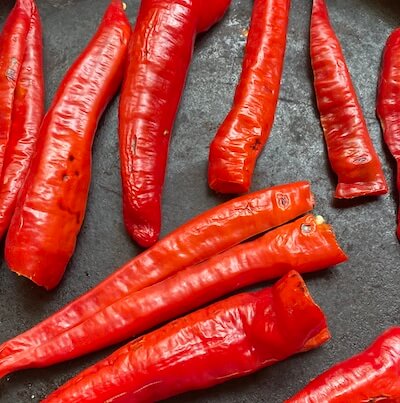 | Pepper: ‘Elephant Trunk’ Source: Baker Creek Seeds I loved this hot pepper. It made wonderful hot sauce. Heavy production with consistent fertilization. (Note: For some reason, |
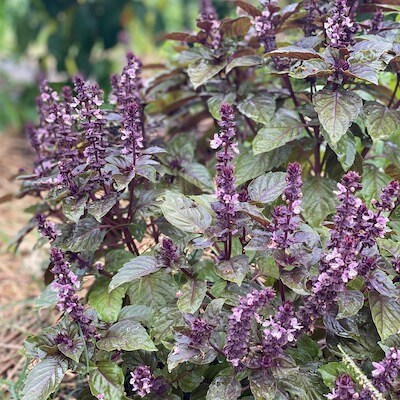 | Edible ornamental: Basil ‘Dark Purple Opal’ Source: Baker Creek Seeds Adding this variety as an “ornamental” because it’s beautiful as a landscape plant. Next year I plant to add this to the perennial bed because it has a gorgeous flower. It’s not great as a cut flower because it doesn’t smell great indoors. (Seriously, I thought the cat had missed her litter box.) |
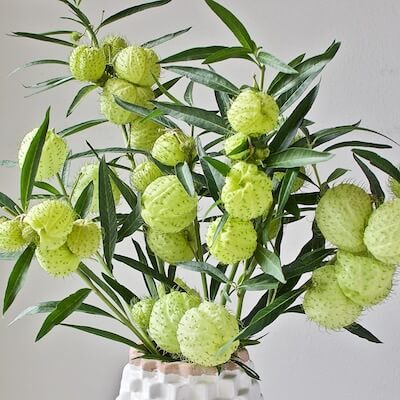 | Unusual cut flower: Asclepias physocarpa ‘Oscar’ (Hairy Balls Plant) Source: Johnny’s Seeds I grew this plant for two reasons: 1) it makes a really unique cut flower, and 2) it’s called Hairy Balls. (Ha!) Best grown as an annual in our climate, Hairy Balls is a milkweed. |
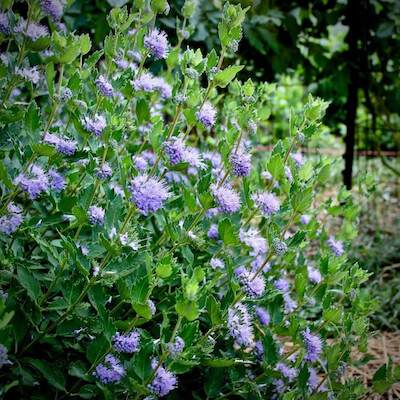 | Flowering shrub: Caryopteris ‘Blue Fountain’ Source: Nicholson-Hardie I still don’t know why you don’t see more of these plants around North Texas. Very drought and heat tolerant, Caryopteris blooms profusely in spring and fall with purple blossoms that the bees can’t get enough of. A fast growing shrub, it likes to be pruned back hard twice a year: once in early spring to cut away frost damage, and a second time in late June/early July to control the size and shape. |
- Can Eating Tomatoes Help Prevent Weight Gain? New Study Says Yes - May 25, 2025
- New to Gardening? Join Our Step-by-Step Beginner Gardening Class - April 24, 2025
- Why “Intensive” Gardening is Not Good - March 9, 2025


